Sometimes sports people just have to throw their hat back into the ring
Michael Clarke is making a return to cricket, but will he be more successful than many other sportspeople who came back from retirement
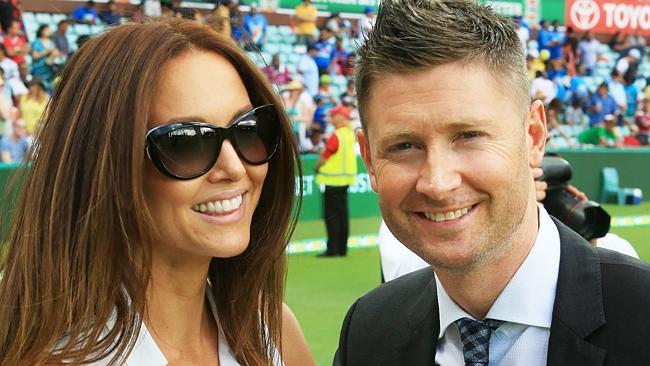
Today in History
Don't miss out on the headlines from Today in History. Followed categories will be added to My News.
When former Australian captain Michael Clarke revealed on Sunday he would make a comeback to cricket after hanging up his Baggy Green at the end of the Ashes tour last year, he joined a long list of other retired sportspeople to have tried.
Although he will be playing in local grade cricket, Clarke has his sights set on the popular Twenty20 form of the game and has refused to rule out another shot at playing for Australia.
While some believe he can still do well, history shows that comebacks haven’t always been triumphs.
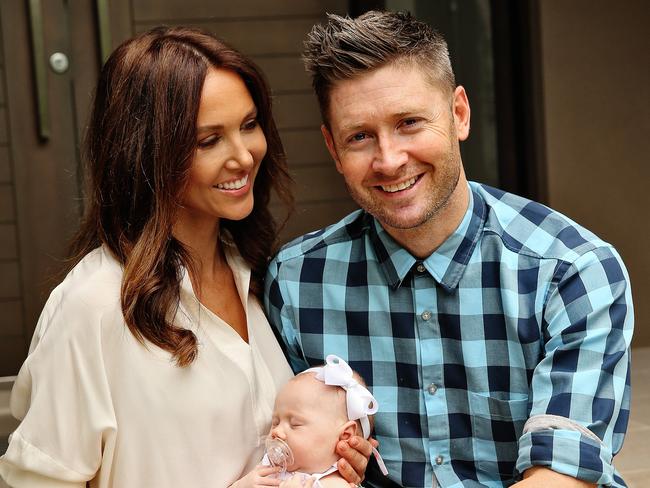
In ancient Rome, gladiators often retired when they were given their freedom, or when an agreed contractual term of servitude had expired. They rarely returned to the ring, but before the young Tiberius became emperor he enticed several famous gladiators out of retirement for his grandfather’s funeral. They were paid 100,000 sesterces each, a substantial sum that would have allowed them to slip back into retirement comfortably.
In the centuries to come there were no such inducements for sportspeople to return to the arena. But the 20th century saw sport become such big business that many stars could not resist the lure of the money offered to make a return, although some did it for the love of competing.
Clarke is not the first cricketer to make a comeback after retirement. Australian captain Bobby Simpson had hung up his Baggy Green in 1968, but after Kerry Packer signed up some of Australia’s best players for World Series Cricket in 1977, the Australian Cricket Board lured the 41-year-old Simpson out of retirement. He led Australia to victory in a series against India, but, despite a valiant effort, could not do the same against the West Indies. When the cricket rift healed, he went back into retirement.
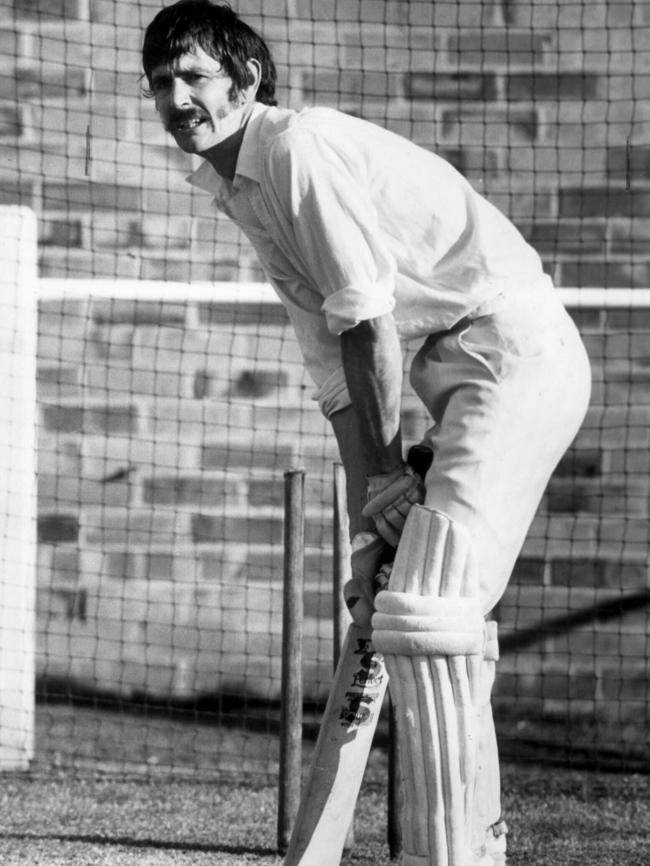
The cricket split also drew Ian Redpath back from retirement. He had quit cricket in 1976 to run his antiques business but came back in 1977 to join Packer’s rebels. He earned a mention in Come On Aussie Come On, the famous WSC advertising song: “Redpath, it’s good to see you back.” An achilles tendon injury put him out of the game for a while but he came back to play again before finally getting back to the antiques business in 1979.
The great boxer Muhammad Ali announced his retirement in 1979 while still heavyweight champion of the world. However, it didn’t take long for him to be drawn back to the ring when he was enticed to take on Larry Holmes, Ali’s successor to the heavyweight title.
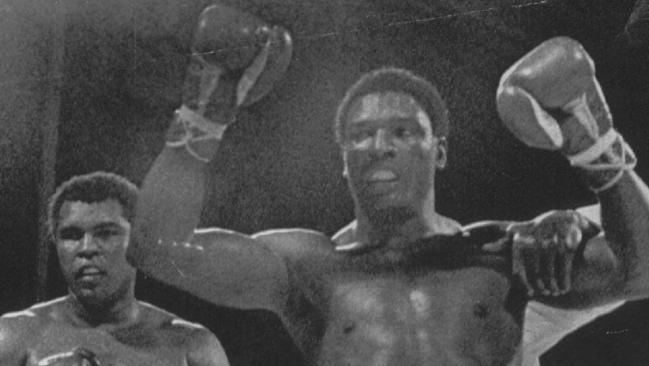
The return bout has been called one of the worst in boxing history. Ali, now believed to have been in the first stages of Parkinson’s disease, was pummelled by his younger opponent until the bout was stopped in the 10th round and awarded to Holmes.
A glutton for punishment, Ali went back to the ring again in 1981 to lose badly after 10 rounds with Trevor Berbick, who had unsuccessfully tried to beat Holmes for the heavyweight title. Ali finally heeded the call to retire.
Golden Slipper and Melbourne Cup winning jockey Darren Beadman decided to hang up his silks in 1997 to dedicate his life to God. Beadman is said to have told Bart Cummings that God had told him to retire to which Cummings quipped, “You should get a second opinion.”
Beadman gave three years to God and in 2000 decided it was time to return to racing. While he had no more Melbourne Cup wins he had huge success in Hong Kong until a fall in 2012 drove him back into retirement.
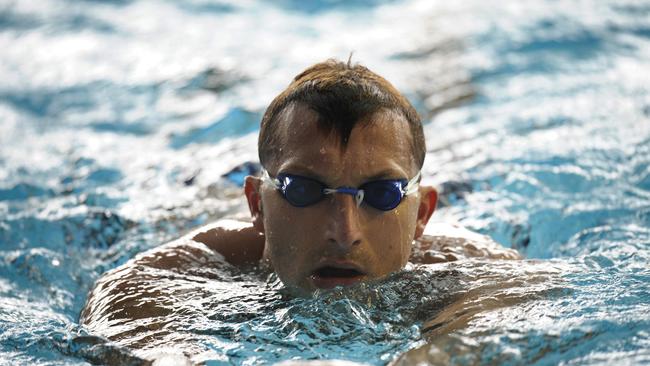
Tennis players also tend to do a bit of bouncing back out of retirement. Swedish champion Bjorn Borg seemed at the top of his game when he retired at 26. He returned in 1991, still using his old style wooden racket, and bombed badly, failing to win a game.
After winning seven Grand Slam singles titles Belgian tennis star Justine Henin quit in 2008 while still ranked No. 1. She returned in 2010 but only managed to reach the ranking of 11 before an elbow injury drove her out of the game for good.
Swimming great Ian Thorpe, who retired in 2006, failed to qualify for the Olympics in a 2012 comeback attempt. He then focused on getting to the 2016 Games but a shoulder injury put an end to that comeback in 2013.
Originally published as Sometimes sports people just have to throw their hat back into the ring



